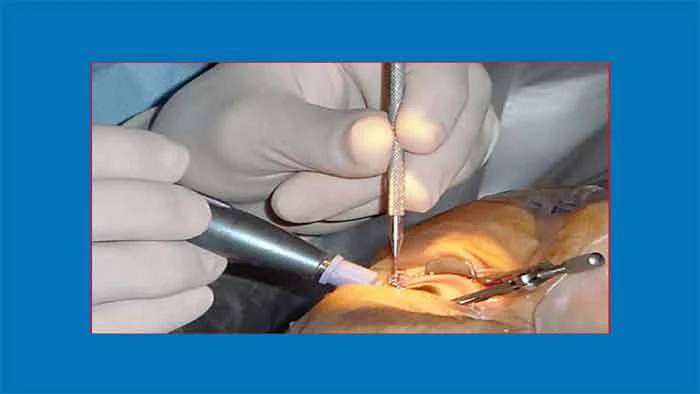How Long Between Cataract Surgery on Each Eye: What You Need to Know
Why Timing Matters in Cataract Surgery
Factors Influencing Timing Between Cataract Surgeries
1. Visual Needs and Lifestyle: Your visual necessities and way of life assume a critical part in deciding the timing between waterfall medical procedures. Assuming you depend vigorously on your vision for work or everyday exercises, you might like to plan medical procedures closer together to limit interruptions.
2. Health of the Eyes: The general soundness of your eyes, including the seriousness of waterfalls and any fundamental eye conditions, will impact the planning of medical procedures. Your ophthalmologist will evaluate the state of each eye and suggest a suitable course of events for a medical procedure.
3. Recovery Period: The waterfall medical procedure requires a time of recuperation, during which your eyes mend and conform to the new intraocular focal point. The span of this recuperation period might change depending on individual factors like age, generally speaking, well-being, and the intricacy of the medical procedure.
4. Staged Approach vs. Simultaneous Surgery: A few people might pick an arranged methodology, going through waterfall a medical procedure on one eye first and sitting tight for a little while or months prior to continuing with a medical procedure on the subsequent eye. Others might pick a concurrent medical procedure, where the two eyes are worked on during a similar meeting.
Optimal Timing Between Cataract Surgeries
The ideal timing between waterfall medical procedures is not entirely settled by your ophthalmologist in view of an exhaustive assessment of your eyes and individual conditions. As a rule, the span between medical procedures might go from a couple of days to a little while, permitting adequate time for the principal eye to recuperate prior to continuing with a medical procedure on the subsequent eye.
Benefits of Staged Surgery
Decreased Chance of Difficulties: Arranging a medical procedure takes into consideration better observing of each eye's mending cycle, diminishing the gamble of inconveniences like disease or irritation.
Progressive Change: Going through a medical procedure on each eye in turn considers a continuous acclimation to the new intraocular focal point and guarantees ideal visual results.
Adaptability: Arranging a medical procedure offers adaptability in planning and permits you to evaluate the consequences of the principal medical procedure prior to continuing with the second.
Considerations for Simultaneous Surgery
Accommodation: Synchronous medical procedure offers the comfort of finishing the two strategies in a single meeting, limiting the general recuperation period and diminishing the requirement for extra arrangements.
Cost Reserve funds: Choosing concurrent medical procedures might bring about cost reserve funds contrasted with going through isolated medical procedures on various dates.
Consultation with Your Ophthalmologist
At last, the choice in regards to the timing between waterfall medical procedures ought to be made in discussion with your ophthalmologist. They will think about your singular necessities, eye well-being, and treatment objectives to foster a customized careful arrangement custom-made to your particular conditions.
